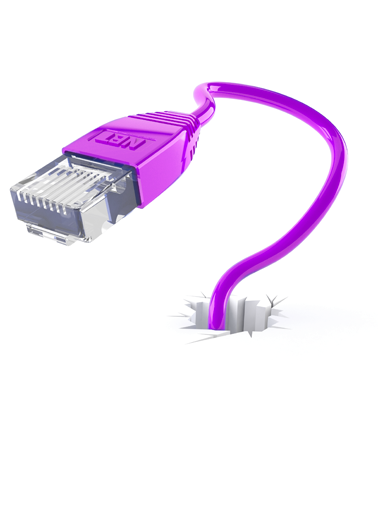IT managers are always scrambling for ways to save money, especially when upper management is breathing down their necks, threatening to cut their budgets if they can’t find ways to maintain the enterprise network for less. One way to do this is with the obvious costs: IT can put pressure on their suppliers to drop prices. That’s the low-hanging fruit; those are the most clearly visible costs. Yet in most cases, that’s not going to be enough.
A more efficient way to approach the issue would be to look for strategies that are less apparent. Some examples are weighing support levels of maintaining a device against the criticality of that device in terms of maintaining the integrity of the entire network, optimizing existing technologies, and refreshing devices that have gotten on in their life cycles. Alas, many enterprises are as yet unclear as to what their estates actually consist of. And without this information, the savings they seek can’t be realized.
Lowering Network Maintenance Costs Can’t Be Done While Blinded
Simply put, you can’t manage what you can’t see. Therefore, you are going to need complete visibility of your domain. Without this inventory, the only thing you really can do to reduce costs is to tackle the visible costs: Service providers’ support contracts and new Original Equipment Manufacturer (OEM) technology. That’s it.
Yet many times, lacking an accurate inventory is not due to neglect or poor management. This is also a trial shared by many large companies, a by-product of rapid expansion, and of doing business across multiple industries and regions.
Many Contracts for Many Countries
Large businesses tend to be fractured along geographical lines. Many of them are run independently along those lines, in an operational sense as well. This can get expensive and complicated for the home office to run all of the in-country business support processes and systems for each of the units, simply due to a lack of central governance and visibility. As this would also be true for service and ICT contracts, any top IT team worth their salt would see the benefit of streamlining and consolidating their business procedures.
Yet lacking an accurate inventory of all IT assets will hinder this process.
Benefits to Having an Accurate Inventory
On the other hand, an accurate inventory assists with lowering costs in several areas:
- Demarcates usage of the network between VoIP, data, video and other services.
- Determines where devices are in their lifecycle
- Reduces the number of incidents that need to be resolved daily
- Helps optimize management and cost of support
- Risk of network downtime is reduced
- Enables a business to identify end-of-life, thus pre-empting equipment related issues
- Allows a company to have one support partner, no matter how big the business
And that’s a major benefit to having a complete, or, nearly complete inventory of corporate assets: It enables an enterprise to have a single global maintenance and support partner. In turn, that means that there are fewer contracts to manage at both the country and regional levels. Resources can then be optimized by moving them to areas that have a higher value for the business.
Split Loyalties
It’s not always easy, though. When moving to a regional to a global model, you can quickly run into problems when trying to enforce the enterprise IT standards across the entire organization. Often you’ll find that many of the regional offices have made relationships with local partners that they feel some loyalty to. They may have even shared some critical competitive information with them during requests-for-proposal (RFP) processes so as to ensure the local provider is more competitive on price point than the recommended global provider.
In these cases, the head office did not have the governance to dictate the standards of the enterprise, and the regional offices were able to do business with whichever entity provided the best rates.
Of course, the regional offices aren’t going to want to damage their relationships with their current providers. Yet this whole thing is a long process of growing to maturity; it’s got to work its way throughout the organization, and it’s not going to happen overnight. Still, you have to start somewhere, and there’s no better way to start than by gaining better visibility of your complete estate.
Michelle Patterson is a blogger more interested in HRMS, Technology, and Business. She has been invited by many companies to see their products and love sharing the knowledge and experience with the world.

























































































































































































